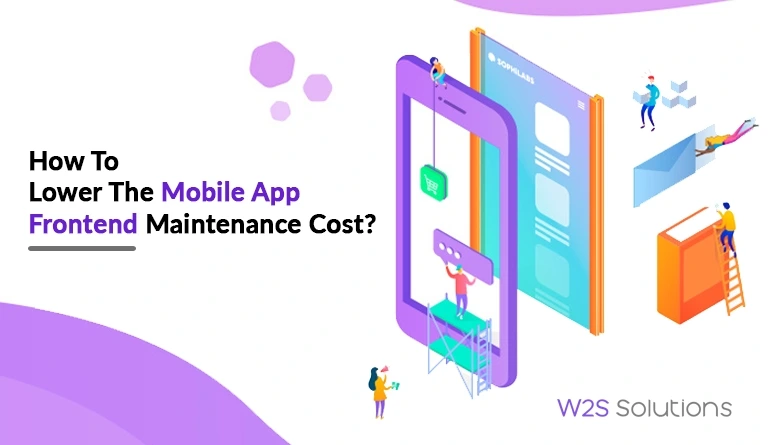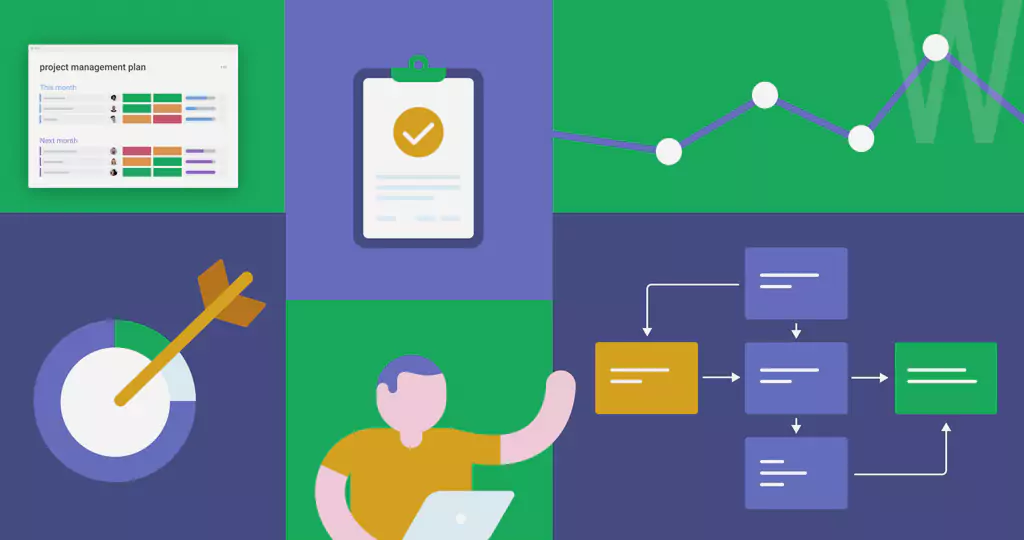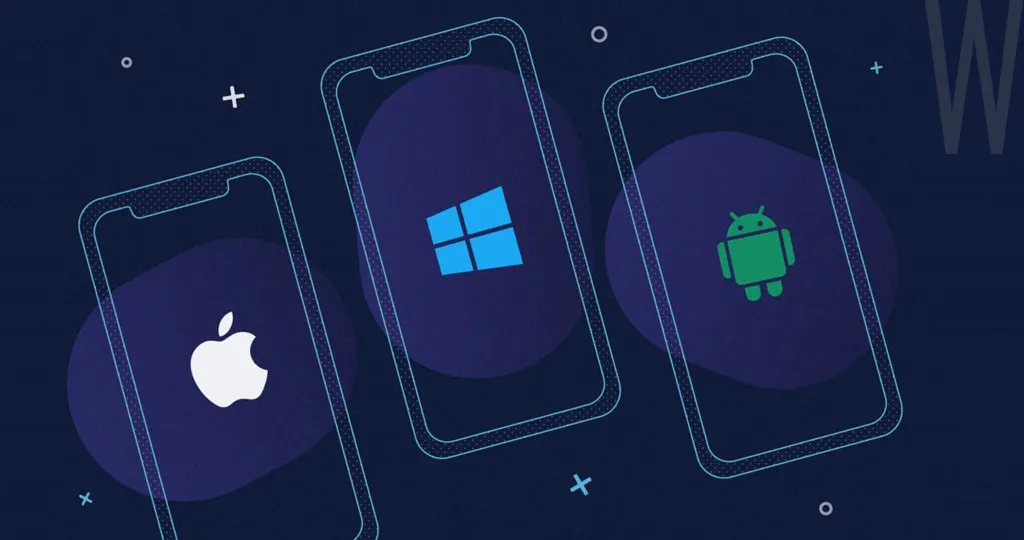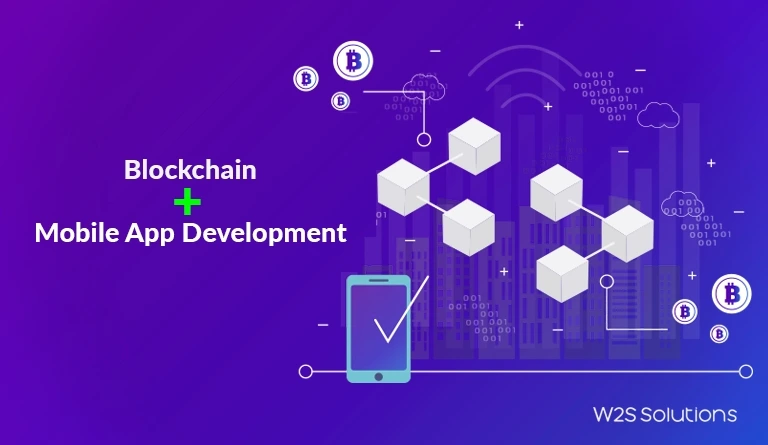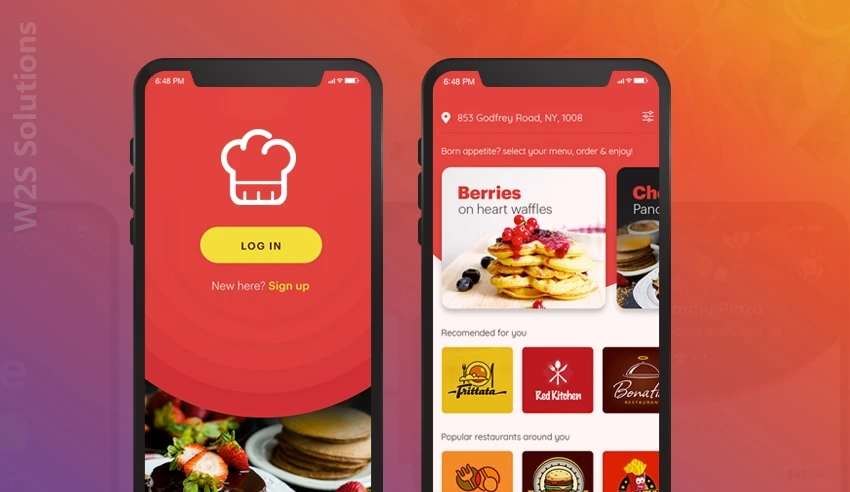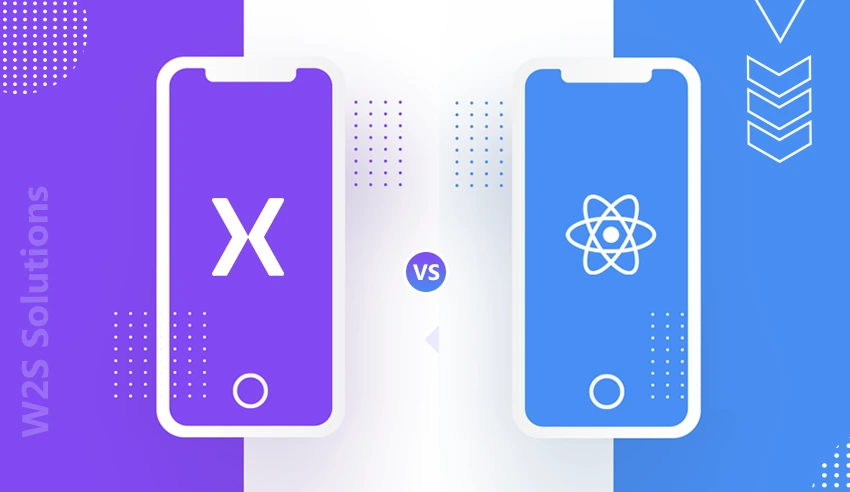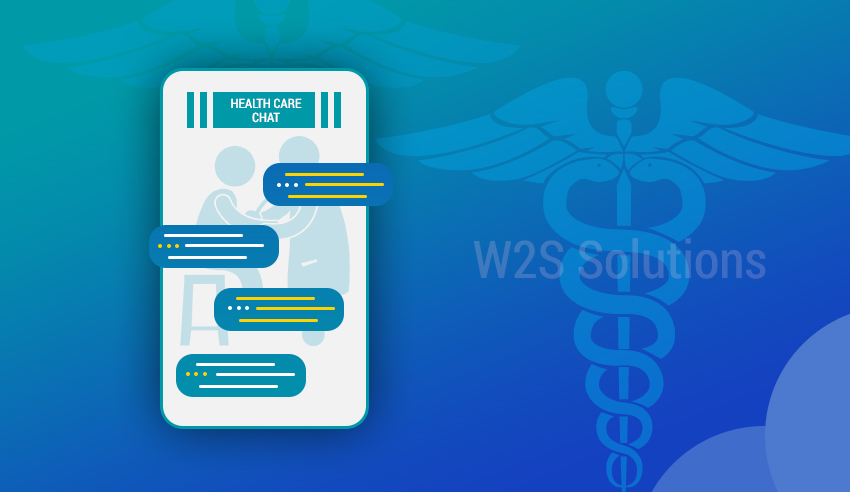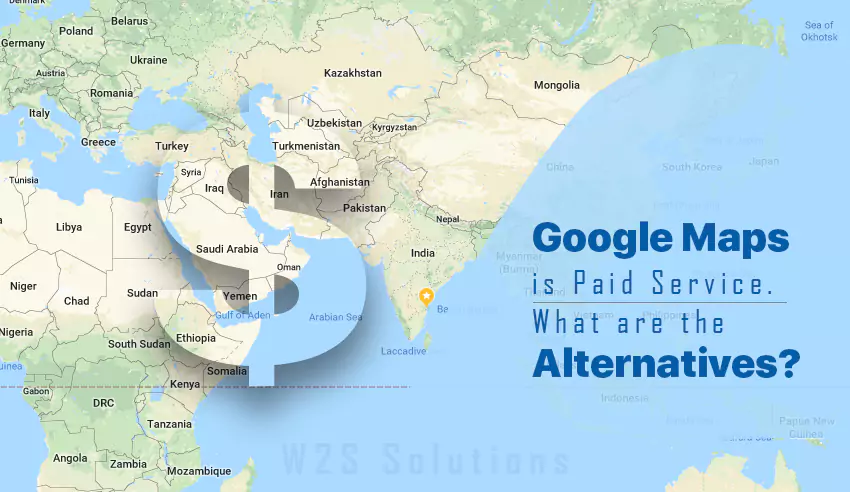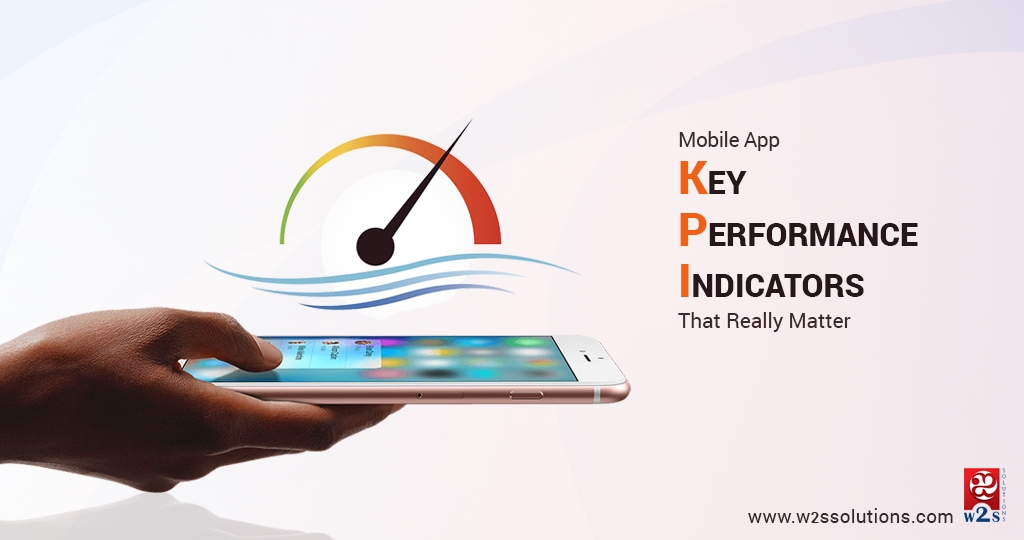The lack of a proper mobile app maintenance strategy can lead to hurdles in stability and flexibility, and sooner than later that leads to the failure of the application. When the developers rely on obsolete tools or when the code is not of the best quality, the performance of the app suffers and the bugs and crashes end up hampering the user experience. Furthermore, these bugs also end up hampering the scope for further app development.
When you think of this from the perspective of a business, this all translates to increased resource inclusion, higher costs, and needless delays in launching.
On the other hand, effective maintenance can make applications stable and flexible enough to let you come up with new features and improve the existing ones.
However, frontend maintenance of a mobile app can turn out to be pretty expensive, if measures are not taken to curb the cost beforehand. And, what are those measures? Let’s find out!
What increases the expenses of frontend maintenance?
Before getting into the details of lowering the cost, let’s try to understand what makes the cost reach so high. Here are some of the most common reasons that make the app frontend maintenance cost go up and up.
Using non-structure JavaScript
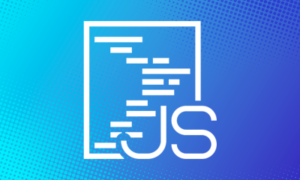
A JavaScript project can be structured in multiple ways, and one of the most crucial parts of maintaining an app is to keep the structure consistent. When there is a well-defined structure present, the developers do not have to look for a file for days because they can figure out the things going on in the app with one glance.
Structures can be chaotic even when the products use popular libraries, such as React or Vue. When preparing for a lower mobile app maintenance cost, you need to think about outlining the style for the structure for the reference of the team of developers.
Related Article – All mobile app development doubts answered
Not using a good quality code

The success of a project depends to a great extent on the code quality. Though the factors like semicolons, consistent incidents, and same file structures mean nothing for the non-technical person, it can all help in defining the success of the project.
When done wrong, it can all come together to increase the frontend maintenance cost of the app.
Obsolete third-party package

Your product might just be relying on third-party packages and open source libraries. Because the external resources get updated really fast, it’s crucial that you keep on updating the latest version in the app for removing dependency issues of the project stemming from issues and vulnerabilities.
The latest versions have security improvements, bug fixes, performance enhancements, and more that keep the app working in the best possible way, while keep the costs under control.
Non-automated deployment and build process

Building and deployment are the final stages before an application goes live. These stages have to be error-free beforehand because removing the bugs later can be expensive.
Lack of an automatic building and deployment line can slow down development and lower team efficiency. A good idea is to go for continuous integration that incorporates running automatic tests for the new arrivals. Thus, you get to figure out and eliminate the bugs in real-time.
Lack of Readme

One of the most significant files of the project is Readme. The deployment procedure, project usage, requirements, and development becomes clear through this. Failing to keep it updated means the team of developers will have to spend loads of time in navigating through the issues that you have dealt with earlier.
Related Article – Must-know tips for Mobile App Testing
Ensuring lower frontend maintenance cost in Node.js, ReactJS, and Angular
Go for the newest version

The frameworks keep on bringing out new versions at regular intervals. Making sure that you use the latest one comes with a couple of benefits, like access to the newest features and functionalities, long-term supports from the team, and increased app efficiency. A combination of all these ensure that frontend maintenance costs of an app are brought under control.
Asking for the documentations

Projects usually do not stay with same developers till the very end, and thus, documentation has an important role to play in the app development services for mobiles. It helps the new developer who comes into the project to get a clear idea about the project and its growth status, which makes it easy for them to pipeline tasks.
Ensuring compatibility with the third party modules
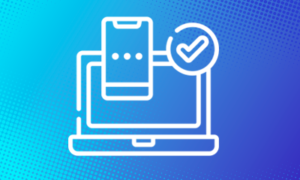
Create a list of the third party modules that go with the selected frontend framework. It is important for you to make sure that you have a plan B ready for the future where these modules get major updates and it fails to go with the frontend that you have selected.
Testing before implementing features

It is important to test the behavior of the app in advance before rewriting or implementing any functionality. For example, when you need to redo a logic in the app, it is easier to go for the changes when you feel certain that the operational functionality tests have been completed. Thus, you will get to know it right then if something just stops working.
Using the micro-services

When the problem is with the monolithic structure, you need to extract the micro-services from the app to make sure that it works the way it should. The mini-apps need to serve their purpose correctly. It will help in streamlining scalability, and you get to move around services for different development teams and machines: an affordable micro-service benefit which is not offered by monoliths.
Related Article – Reasons Why You Have To Update Your Mobile App Regularly
Introduction of the conventions is the first step when the code quality is low or inconsistent, but the app seems fine. Divide the file structure into logical parts for clearing it. It is a good idea to go for a static code analysis tool and type system. A sound code quality can also be ensured by following the given things:
• Continuous deployment and constant integration through proper configuration
• Adding linters in the pipeline for making sure that inconsistent, poor codes do not get included in the production
• Code refactoring to be given the importance it deserves in the development process
Lowering the frontend maintenance cost by the project managers
There is only a single step that can be taken by a non-technical project manager for avoiding high frontend maintenance costs: Hire an experienced frontend team. Such a team will have the ability to deliver the desired quality and know the significance of not postponing tests only to meet deadlines.
Even when you do not feel like you have enough monetary prowess to hire an entire team for the job, you will at least need to get one experienced resource on the job. Think of this like an investment to your project. Of course, you have the option of building single page apps for reducing maintenance costs, but that is not a viable idea.
The endnote
There is no denying the fact that frontend maintenance can be a costly affair when you take the wrong steps, but as you can understand by now, the costs can be effectively brought under control. It’s all about taking the right measures and having an efficient frontend team that knows about those measures.
